Quamasia was a middle-schooler at a large public school in central Brooklyn when her teacher, Louis Olander, met her. Their first encounter wasn’t ideal: Louis visited Quamasia’s classroom to pick up a bookshelf, and Quamasia catcalled Louis all the way out the door.
The next time Louis saw her, she was in his “Special Ed” class, and she was much more subdued—Quamasia was embarrassed that she ended up in the class for kids with learning disabilities. The thing is, Quamasia didn’t really have a learning disability. So, what was she doing in Louis’s class?
What Quamasia was, was loud. She was often disruptive, and she was good at distracting the other kids by getting them to laugh. Her teachers had trouble reining her in. When she failed the sixth grade, there was suddenly evidence that something was wrong with Quamasia. Her test scores were terrible, and that was all the proof her teachers needed. She was slapped with the label “Learning Disabled” and quickly separated from her peers.
Discipline and test, test, test
Quamasia’s story is not uncommon. The current system of education often doesn’t have the patience to empower our teachers to impact our students. And in a system where school districts—not teachers—decide how to allocate resources, the only solution for handling “difficult” students seems to be separating them out. If they don’t act like the “average” student in class, put them in a special, separate class. If they don’t do well there, expel them and put them in a special school. If you have doubts about our schools’ intentions for our kids, ask yourself, why was Louis Olander hired as the teacher for Quamasia’s “Special Ed” class? Was it because the school wanted to give these particular students a real shot at success? No. Louis had a military background. He was hired to keep Quamasia and the other 37 students in his class under control. He was told that he had two jobs: 1) discipline, and 2) improve test scores.
How did we end up with an education system where kids are treated like soldiers or criminals? Why is disciplining students more important than understanding them? One big issue that sociologists contribute to a lack of understanding is a lack of diversity—racial, cultural, and socio-economic—in teaching staff. An estimated 80% of American teachers are white. And while that may not sound alarming by itself, what that often translates into is a lack of cultural understanding. White teachers who grew up in the suburbs often have a very hard time understanding where minority students are coming from, not just on issues of race but also on issues of culture. This knowledge gap can have lasting consequences.
The Value of Diversity
Pearl Arredondo, the founder of a pilot middle school in Los Angeles, deeply believes in the importance of understanding and connecting with the issues of the community that a school serves. Pearl grew up in East LA with an addict for a father, and she talks about coming home to find her dad convulsing on the floor from a drug overdose. She emphasizes with students, recalling how hard it was to focus on homework when faced with such challenges at home.
If our teachers are not coming from diverse backgrounds, they can easily miss what Pearl Arredondo, who grew up to be a teacher herself, can spot in an instant. If students are exhibiting behavioral issues in Miss Arredondo’s classes, she takes the time to check-in and find out what’s really going on. But if a teacher has no way of seeing homelife, for example, as a possible reason for a kid’s disruptive attitude in class, then the school ends up with a segregated classroom for “bad kids” (lumped in with the genuinely learning disabled). Quamasia was clearly calling out for attention—did anybody take the time to find out what was going on with her at home?
To be fair, it can be difficult for teachers to get to know the individual worlds of their students, when a teacher’s single focus is tests and scores. Teachers are not so much “teachers,” as they are “test coaches.” Students are naturally more likely to be bored by a curriculum that’s centered on testing, and ironically, more likely to be disruptive. If a student like Quamasia is already having trouble focusing, drilling test questions into her are probably not going to make her a better student.
Quamasia didn’t fail the sixth grade—the system failed her. Separating out the kids who don’t quite fit the norm can’t be our game plan for education. The truth is, there is no “norm,” so trying to maintain a status quo by standardizing our tests, and ranking and ordering our students is setting kids up to fail. But if we can empower teachers to better understand our students, teachers might have a shot at actually educating, and kids like Quamasia might have a chance at learning—and a chance at success.
